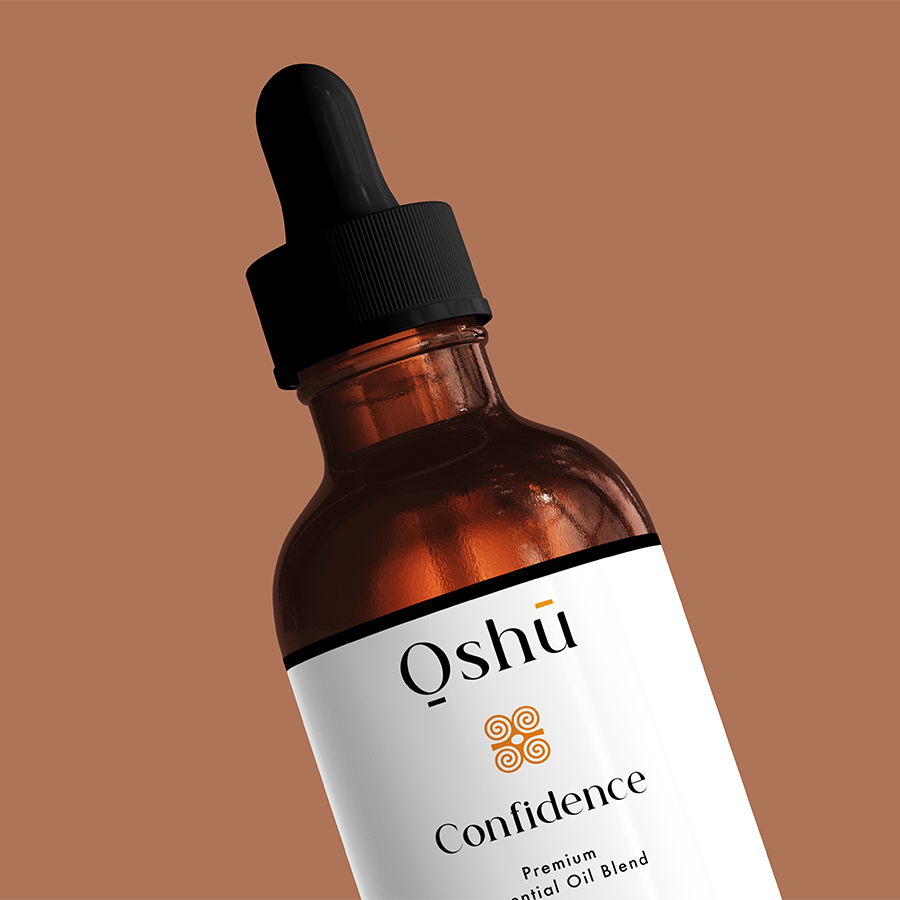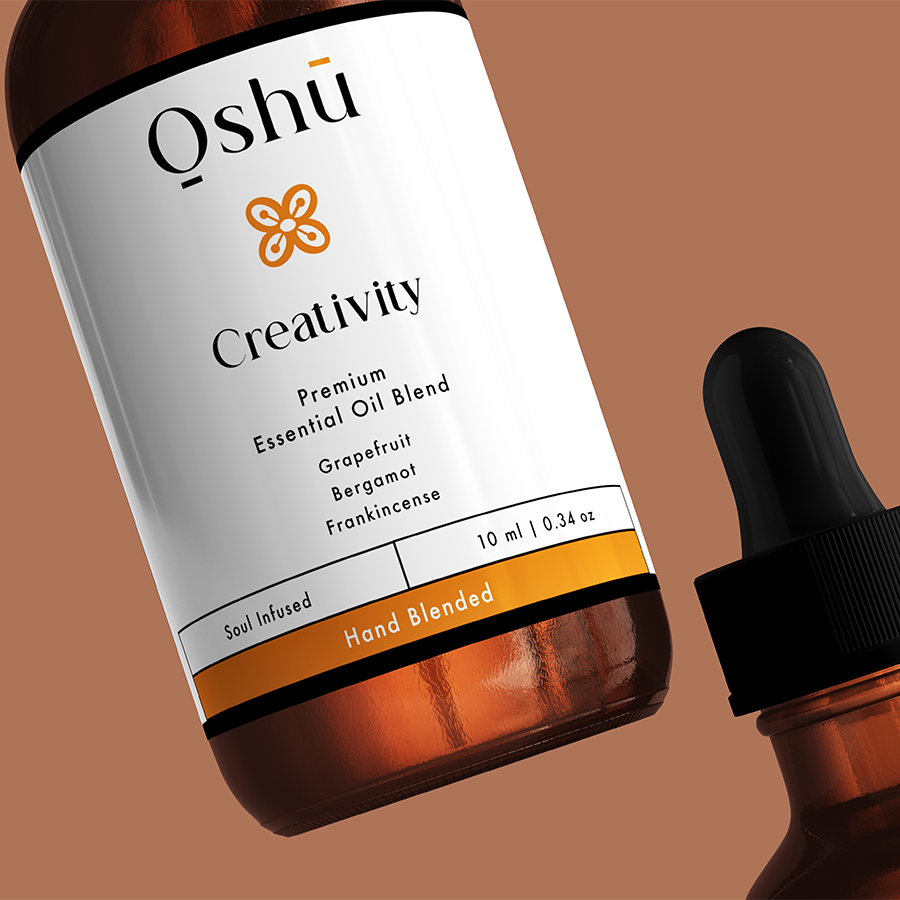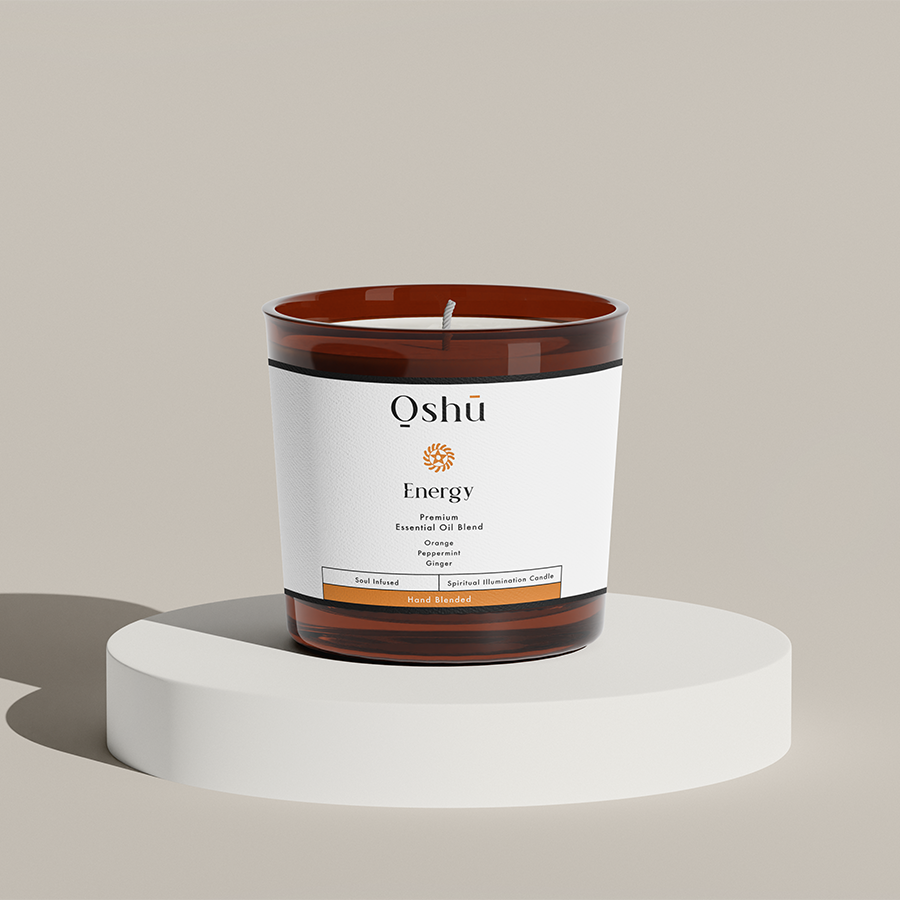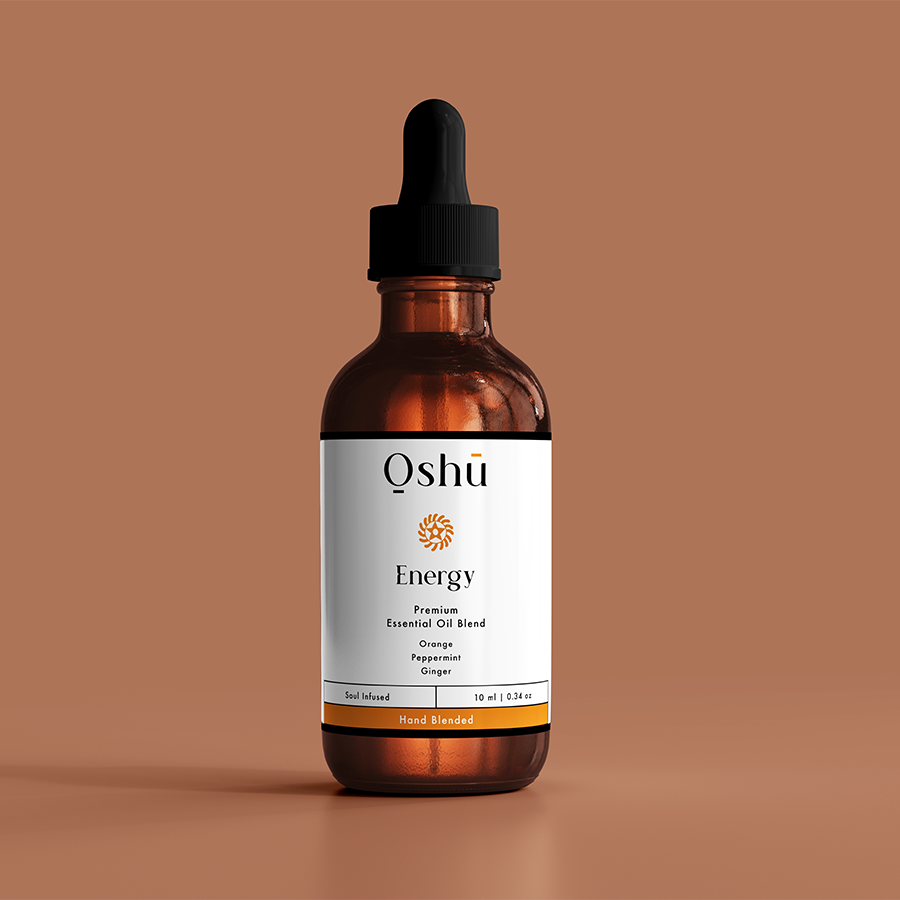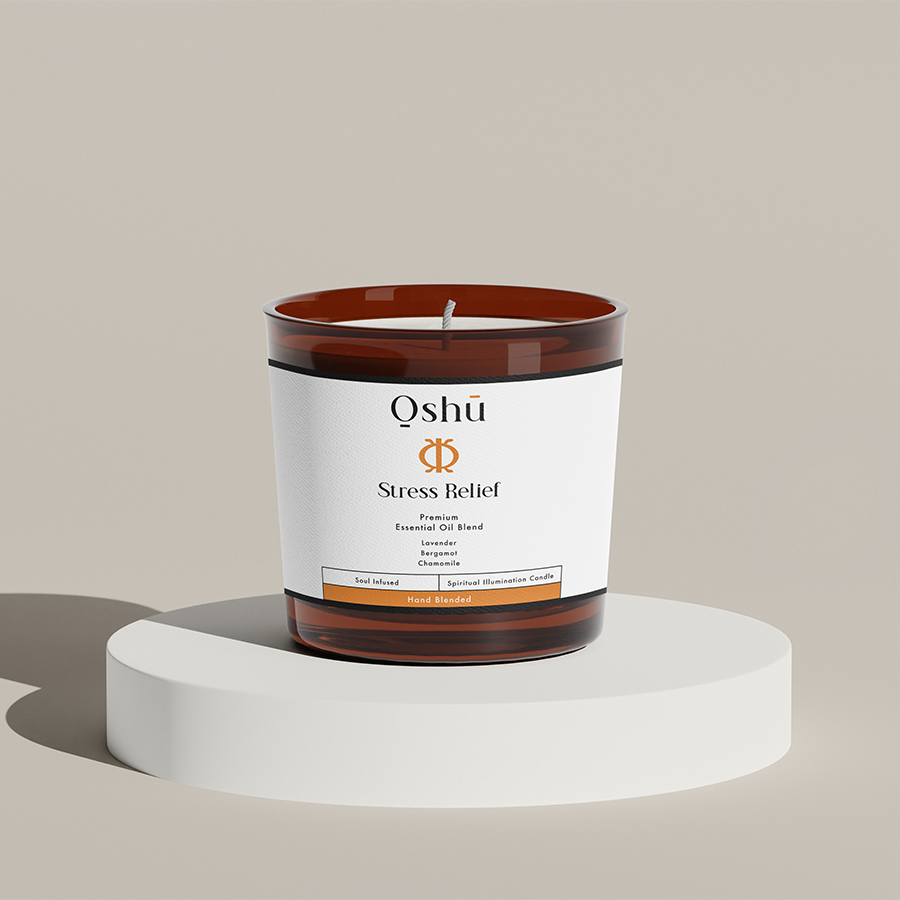As an enthusiast of essential oils and candle-making, you’re likely eager to create unique and captivating scents for your candles. Mixing essential oils can be a fascinating and creative process, but it requires some knowledge and understanding of the different oils and their properties. In this article, we’ll delve into the world of mixing essential oils for candles, covering the basics, benefits, and best practices to help you create stunning and fragrant candles.
Table of Contents
- Understanding Essential Oils and Their Properties
- Benefits of Mixing Essential Oils for Candles
- Basic Principles of Mixing Essential Oils
- Popular Essential Oil Blends for Candles
- Tips for Mixing Essential Oils for Candles
- Common Mistakes to Avoid When Mixing Essential Oils for Candles
- Frequently Asked Questions
Understanding Essential Oils and Their Properties
Before we dive into mixing essential oils, it’s essential to understand the basics of essential oils and their properties. Essential oils are highly concentrated plant extracts that contain the unique aroma and characteristics of the plant. Each essential oil has its own distinct scent, strength, and therapeutic benefits. When selecting essential oils for candle-making, it’s crucial to consider the following properties:
– Top notes: These oils have a light, fresh, and uplifting scent, often used to create a sense of energy and vitality. Examples include citrus oils like lemon and grapefruit.
– Middle notes: These oils have a rich, floral, and soothing scent, often used to create a sense of relaxation and calmness. Examples include lavender and geranium.
– Base notes: These oils have a deep, rich, and woody scent, often used to create a sense of grounding and stability. Examples include sandalwood and patchouli.
Benefits of Mixing Essential Oils for Candles
Mixing essential oils for candles offers several benefits, including:
– Unique and complex scents: By blending different essential oils, you can create unique and complex scents that are not possible with a single oil.
– Customization: Mixing essential oils allows you to tailor the scent to your personal preferences or specific needs, such as creating a calming or invigorating atmosphere.
– Therapeutic benefits: Certain essential oil blends can provide therapeutic benefits, such as promoting relaxation, reducing stress, or improving mood.
Basic Principles of Mixing Essential Oils
When mixing essential oils for candles, it’s essential to follow some basic principles to ensure a harmonious and balanced blend:
– Start with a theme or concept: Determine the type of scent you want to create, such as floral, citrus, or woody, and select oils that fit within that theme.
– Use a dominant oil: Choose a dominant oil that will provide the main scent, and then add secondary oils to enhance and complement the dominant oil.
– Balance top, middle, and base notes: Ensure that your blend has a balance of top, middle, and base notes to create a well-rounded and complex scent.
– Use the right ratio: The general rule of thumb is to use 10-15% essential oil in your candle recipe. However, this can vary depending on the strength of the oils and your personal preference.
Popular Essential Oil Blends for Candles
Here are some popular essential oil blends for candles that you can try:
– Relaxation blend: 2 parts lavender, 1 part chamomile, and 1 part bergamot.
– Invigorating blend: 2 parts peppermint, 1 part eucalyptus, and 1 part rosemary.
– Floral blend: 2 parts rose, 1 part jasmine, and 1 part ylang-ylang.
– Woody blend: 2 parts cedarwood, 1 part sandalwood, and 1 part patchouli.
Tips for Mixing Essential Oils for Candles
Here are some additional tips to keep in mind when mixing essential oils for candles:
– Always dilute essential oils in a carrier oil: Essential oils are highly concentrated and can be overpowering if used undiluted. Dilute them in a carrier oil like jojoba or sweet almond oil before adding to your candle recipe.
– Use high-quality essential oils: Invest in high-quality, pure essential oils that are free of additives and adulterants.
– Experiment and adjust: Don’t be afraid to experiment with different blends and adjust the ratios to your liking.
– Consider the wax type: Different wax types can affect the scent throw of your candle. For example, soy wax can mute the scent, while beeswax can enhance it.
Common Mistakes to Avoid When Mixing Essential Oils for Candles
Here are some common mistakes to avoid when mixing essential oils for candles:
– Overpowering the scent: Using too much essential oil can overpower the scent and create an unpleasant aroma.
– Incompatible oils: Mixing oils that don’t complement each other can create a clashing or unpleasant scent.
– Ignoring the flash point: Essential oils have different flash points, which can affect the burning temperature of your candle. Make sure to choose oils with a high enough flash point for your candle recipe.
Mixing essential oils for candles is an art that requires some knowledge, experimentation, and creativity. By understanding the properties of essential oils, following basic principles, and using popular blends and tips, you can create unique and captivating scents for your candles. Remember to always use high-quality essential oils, dilute them in a carrier oil, and experiment with different blends to find your signature scent. With practice and patience, you’ll be creating stunning and fragrant candles that will delight your senses and enhance your space.
Frequently Asked Questions
What is the purpose of mixing essential oils for candles?
Mixing essential oils for candles allows you to create unique and complex scents that can enhance the ambiance and mood of a space. By blending different essential oils, you can create a customized fragrance that suits your personal preferences or complements a specific theme or occasion.
What are the benefits of using essential oils in candles?
Using essential oils in candles provides a natural and chemical-free way to fragrance your space. Essential oils can also offer therapeutic benefits, such as promoting relaxation, reducing stress, and improving mood. Additionally, essential oils can help to purify the air and eliminate odors.
What types of essential oils are best for candle-making?
Most essential oils can be used for candle-making, but some popular options include lavender, eucalyptus, peppermint, lemongrass, and frankincense. It’s essential to choose high-quality, pure essential oils that are suitable for candle-making and safe for use around flames.
How do I choose the right essential oils for my candle?
When selecting essential oils for your candle, consider the mood or atmosphere you want to create. For example, calming essential oils like lavender and chamomile can promote relaxation, while invigorating essential oils like peppermint and eucalyptus can boost energy. You can also choose essential oils based on their scent profiles, such as floral, citrus, or woody.
What is the difference between essential oils and fragrance oils?
Essential oils are natural, concentrated plant extracts that offer therapeutic benefits and a distinct scent. Fragrance oils, on the other hand, are synthetic oils that mimic a specific scent but lack the therapeutic benefits of essential oils. When making candles, it’s recommended to use essential oils for their natural, chemical-free properties.
How do I mix essential oils for candle-making?
To mix essential oils for candle-making, start by selecting the essential oils you want to blend. Use a pipette or measuring spoons to accurately measure the oils, and combine them in a small bowl. Start with a small amount, such as 5-10 drops, and adjust to your liking. You can also use a blending calculator or consult with an aromatherapist for guidance.
What is the general ratio for mixing essential oils with candle wax?
The general ratio for mixing essential oils with candle wax is 1-3% essential oil to 97-99% wax. This means that for every 100 grams of wax, you would add 1-3 grams of essential oil. However, this ratio can vary depending on the type of wax, the strength of the essential oil, and personal preference.
Can I use too much essential oil in my candle?
Yes, using too much essential oil in your candle can cause it to become overpowering and potentially hazardous. Excessive essential oil can lead to a candle that burns unevenly, produces soot, or even causes the wax to melt. It’s essential to follow the recommended ratio and start with a small amount, adjusting to your liking.
How do I ensure my candle has a strong, consistent scent?
To ensure your candle has a strong, consistent scent, use high-quality essential oils and follow the recommended ratio. Also, make sure to mix the essential oils thoroughly with the melted wax, and avoid overheating the wax, which can cause the essential oils to evaporate.
Can I mix essential oils with colorants or dyes?
Yes, you can mix essential oils with colorants or dyes, but it’s essential to choose colorants that are specifically designed for candle-making and compatible with the type of wax you’re using. Some colorants can react with essential oils, affecting the scent or color of the candle.
How do I store my essential oil blends for candle-making?
Store your essential oil blends in a cool, dark place, such as a cupboard or drawer. Use dark glass bottles with tight-fitting lids to protect the oils from light and air. Keep the bottles away from children and pets, and label them clearly with the blend name and ingredients.
Can I use essential oil blends for other crafts, like soap-making or skincare?
Yes, many essential oil blends can be used for other crafts, like soap-making or skincare. However, it’s essential to ensure the blend is safe for use on skin or in other products. Consult with an aromatherapist or follow safety guidelines to ensure the blend is suitable for your intended use.
What safety precautions should I take when working with essential oils?
When working with essential oils, take safety precautions such as wearing gloves, working in a well-ventilated area, and avoiding skin contact. Also, keep essential oils away from children and pets, and follow the recommended usage rates to avoid adverse reactions.
Can I use essential oils in candles for aromatherapy?
Yes, essential oils in candles can be used for aromatherapy. The heat from the flame releases the essential oil molecules into the air, allowing you to inhale them and benefit from their therapeutic properties. Choose essential oils that are suitable for aromatherapy and follow safety guidelines to ensure a safe and effective experience.
How do I know if an essential oil is safe for use in candles?
Check the essential oil label or consult with the supplier to ensure the oil is safe for use in candles. Some essential oils, like tea tree oil, can be hazardous when heated, so it’s essential to choose oils that are specifically designed for candle-making.
Can I use essential oils in soy wax candles?
Yes, essential oils can be used in soy wax candles. Soy wax is a popular choice for candle-making because it’s eco-friendly and has a relatively low melting point, making it easier to work with. However, soy wax can be more prone to frosting, so it’s essential to choose a high-quality wax and follow proper candle-making techniques.
How do I avoid frosting or sweating on my essential oil candles?
To avoid frosting or sweating on your essential oil candles, ensure the wax is fully melted and mixed with the essential oil. Also, avoid overheating the wax, and make sure the candle is stored in a cool, dry place. You can also try adding a small amount of vitamin E oil or other additives to the melted wax to help prevent frosting.
Can I make essential oil candles for gifts or resale?
Yes, you can make essential oil candles for gifts or resale. However, ensure you follow proper candle-making techniques, use high-quality ingredients, and comply with any relevant laws and regulations. Also, consider labeling and packaging the candles appropriately, and providing instructions for safe use.
How do I troubleshoot common issues with essential oil candles?
To troubleshoot common issues with essential oil candles, consult online resources or candle-making guides. Common issues include uneven burning, frosting, or a weak scent. Adjusting the wick size, wax type, or essential oil ratio can often resolve these issues.
What are some popular essential oil blends for candles?
Some popular essential oil blends for candles include relaxing blends like lavender and chamomile, invigorating blends like peppermint and eucalyptus, and seasonal blends like cinnamon and clove. You can also create your own custom blends based on your personal preferences or the occasion.
Can I use essential oils in beeswax candles?
Yes, essential oils can be used in beeswax candles. Beeswax is a natural, eco-friendly wax that can provide a warm, honey-like scent. However, beeswax can be more expensive than other types of wax, and it may require a slightly different melting point and essential oil ratio.
How do I choose the right wick size for my essential oil candle?
Choose the right wick size for your essential oil candle by considering the wax type, melting point, and desired burn time. A larger wick can produce a stronger scent, but it may also cause the candle to burn more quickly. Consult with a candle-making guide or supplier for guidance on selecting the right wick size.




